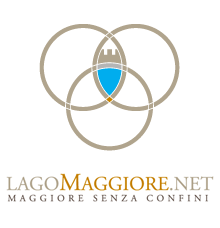
Intra
For those arriving from the lake, Intra is the most populated town in the Verbania area. It immediately appears with its high cupola and lean bell tower of the Church of San Vittore. The mountain behind the settlement is also quite beautiful, where every town is a natural balcony overlooking the landscape of the lake. To the left is a view from the Gulf of Borromeo, and from Stresa’s Borromean Islands.
Intra – which is mostly modern – is a health resort but also an industrial town.
History and current events in Intra
The name of Intra goes back to the place name given to it by the Romans: intra flumenes, as the settlement rose in the flood plain formed by the mouth of the San Bernardino and San Giovanni streams. Property of the Counts of Biandrate, Visconti and Borromeo, Intra underwent significant artisan and then industrial development. The old town centre, with its typical alleys and courtyards, branches off from the heart of the city. The Basilica of San Vittore is most probably of early Christian origin and was renovated over the centuries. Its current appearance dates back to the 18th century.
Piazza Mazzini - on the lakeside promenade – is the main local meeting place. The characteristic and historic landing stage and its typical wrought-iron architecture from the late 19th century somewhere between Liberty and Neoclassical style, demonstrates the natural bent this town has always had for navigating. Indeed, Intra is one of the most important stops on the lake. Ferries depart from here connecting the Lombard and Piedmont shores by reaching Laveno.
Intra was an autonomous municipality until 1939. In 1927, the Municipality of Intra encompassed Trobaso and Zoverallo and also Unchio (in 1929). 4 April 1939, Intra’s union with Pallanza resulted in its growth with the inclusion of smaller towns, to form Verbania, today a provincial county town and the most important city on Lake Maggiore.



